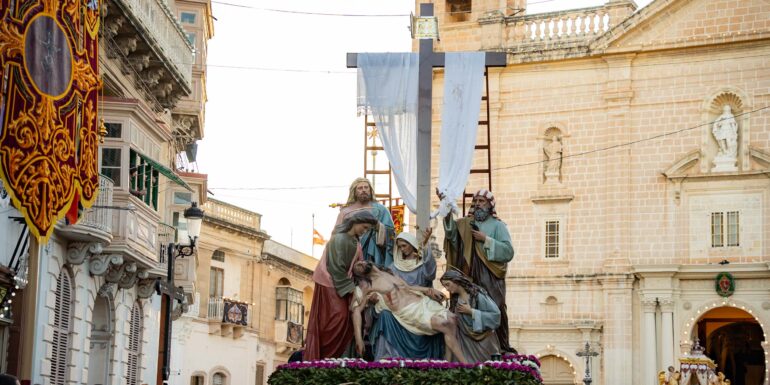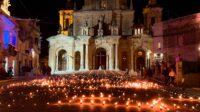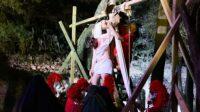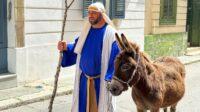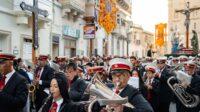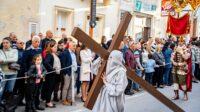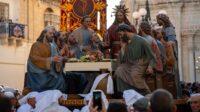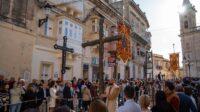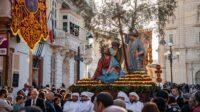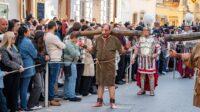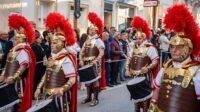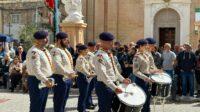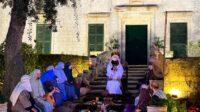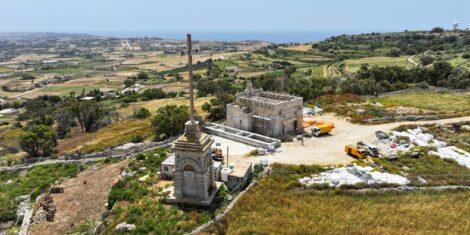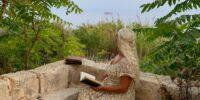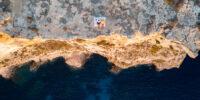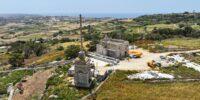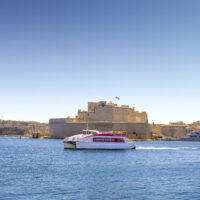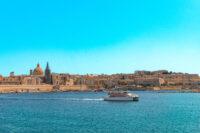If you’re visiting Malta this April, particularly around Easter time, you will have the opportunity to experience the country’s traditions first hand. Malta is a land where history and faith intertwine, and this shines through during Easter time. It is in fact one of the most significant religious periods for the Maltese people.
Easter celebrations across the islands showcase a rich blend of devotion, artistry, as well as community spirit. These celebrations are rooted in traditions that date back centuries. You will realise that Malta’s Holy Week and Easter customs offer an experience that both locals and visitors cherish.
A lot of the traditions around Easter time in Malta date back to the time of the Knights of St John. Through them, locals commemorate the Passion, Death, and Resurrection of Christ. They also do so to reflect Malta’s artistic and cultural heritage. Every year, parishes across the islands prepare several processions, theatrical reenactments, and religious ceremonies. These immerse participants in the solemnity and joy of the season. Furthermore, local bakeries and households turn on their ovens to bake some of the most delicious festive treats to celebrate this period in the most traditional way.
In this article we will explore these traditions. If you’re interested in understanding when the processions and Holy Week related events will happen check out this article here.
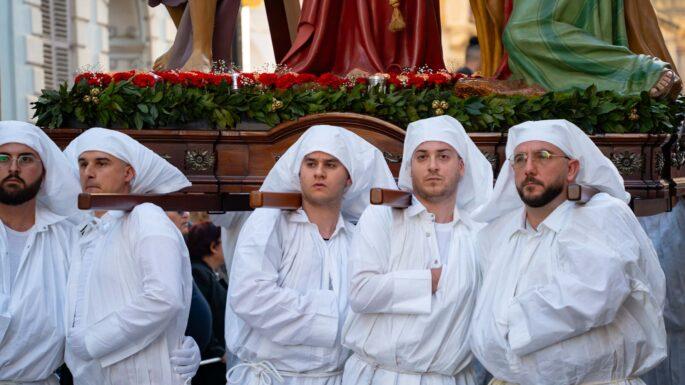
Malta’s Holy Week: A Journey Through Faith and Devotion
Mater Dolorosa (Id-Duluri): The Friday of Our Lady of Sorrows
For the Maltese, Holy Week begins on the Friday of the Mater Dolorosa, preceding Good Friday (11 April). This day is dedicated to Our Lady of Sorrows, or as referred to in Maltese, “Id-Duluri”. Processions are held in many parishes around the islands. The most famous of them all is the one organised by the Franciscan Church of Ta’ Ġieżu in Valletta. Traditionally, several penitents walk barefoot or on their knees as an act of devotion and thanksgiving.
Palm Sunday (Ħadd il-Palm): The Triumphal Entrance of Christ
The Sunday before Easter Sunday is known as Palm Sunday (13 April). The Palm Sunday weekend marks the beginning of the Passion narrative. Parishes organise processions and reenactments of Christ’s entry into Jerusalem. One of the most notable Passion plays is held in the crypt of the Basilica of Saint Dominic in Valletta, continuing a centuries-old tradition. In Birkirkara, the Duke of Connaught’s Own Band Club organises a procession on the 12 April. This is followed by the reenactment of the passion of the Christ in the village’s streets. This is not the only village that does so. In fact, during this weekend and the following days leading to Good Friday, several parishes and band clubs organise such reenactments as well.
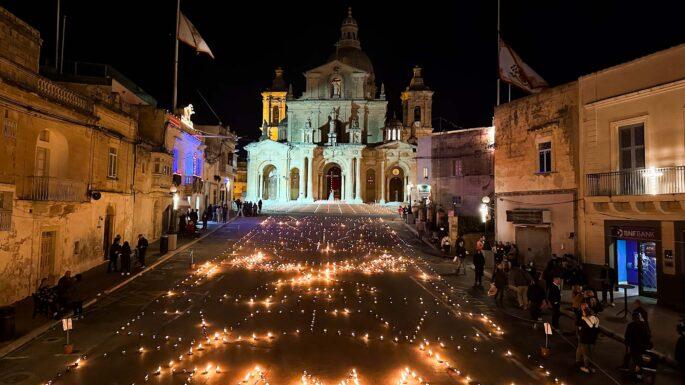
Maundy Thursday and the Siġġiewi ‘Fjakkolata’
Maundy Thursday (17 April) is a night of reflection and reverence. Churches across Malta prepare elaborate flowered sepulchres. The faithful visit seven different churches in a tradition known as the ‘seven visits’. Or as referred to in Maltese ‘is-seba’ visti’. These seven visits aim to help pilgrims reflect on the seven final places that Jesus went to from the moment of his arrest on Holy Thursday until his death on Good Friday.
However, this night is also made even more special through the sought after event organised in the village of Siġġiewi. This is known as ‘Fjakkolata’. Held in Pjazza San Nikola and extending towards the Salib tal-Għolja, this event sees thousands of torches and candles illuminating the village. They create a truly reverent atmosphere. The event is organised by the Grupp tal-Armar 6 ta’ Diċembru and the Siġġiewi Local Council. It has been a cherished tradition for over 25 years, drawing hundreds of devotees each year. If you’re interested in attending this event, make sure you’re at the Siġġiewi Square at 8pm on the 17 April.
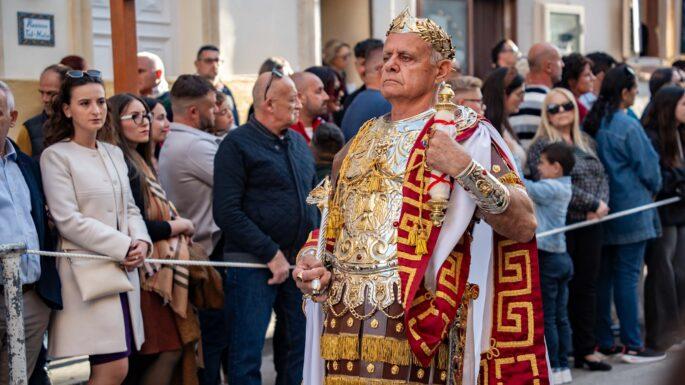
Good Friday(Il-Ġimgħa l-Kbira): A Spectacle of Piety and Tradition
Good Friday in Malta is a profoundly solemn day, and the processions held across various towns are among the most striking in Europe. These processions transform the streets of several villages around the two main islands into open-air stages, with life-sized statues depicting the Passion of Christ, followed by men, women, and children dressed in biblical costumes.
In towns like Victoria, Żebbuġ, and Mosta, you will also get to experience a unique tradition. Several hooded penitents in white cloaks walk barefoot as part of the Good Friday procession. They have chains on their feet and some are even carrying crosses. This tradition dates back to the time of the Knights of St. John. In fact, it was initially carried out by Muslim slaves who had been converted to Christianity. Nowadays, it is performed as an act of penance or in fulfillment of personal vows. If you’re interested in seeing one of these processions, we suggest ensuring you’re in the main village square by 5pm, which is around the time when these processions tend to start.
The Paschal Fire and Easter Sunday Festivities
Holy Saturday brings a shift from mourning to joy. In the evening, at around 8pm several Easter Vigils start in churches around the two main islands. The vigil starts with the lighting of the Paschal Fire outside churches. This symbolises Christ as the light of the world. As soon as Gloria is sung, the church lights up, and bells ring in celebration of the Resurrection.
On Easter Sunday, Malta then turns into a spectacle of joy. The most wonderful tradition on this day is the procession with the statue of the Risen Christ (l-Irxoxt) being carried through the streets at a fast pace by young men. This symbolic act represents Christ’s victory over death. Following the procession, children are encouraged to bring along their figolli (Malta’s traditional almond-filled pastry) and chocolate Easter eggs to blessed by the parish priest.
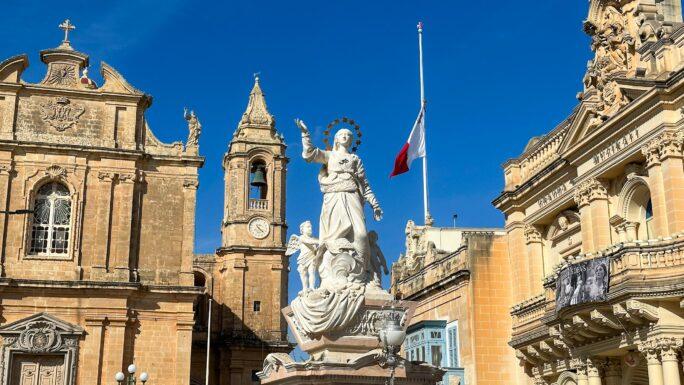
Easter Flavors: A Celebration of Maltese Cuisine
No Maltese festive season is complete without linking to it several traditional foods, and the Holy Week and Easter are no exception. Traditional Lenten dishes include kusksu (broad bean soup), snails in gravy with arjoli paste (made with tuna, stale bread and tomato paste), qagħaq tal-Appostli (ring-shaped bread with almonds and sesame seeds), a variety of pies such as those with ricotta and broad beans, or fish and spinach, stuffed artichokes (stuffing includes olives, capers, cut up vegetables and bread crumbs), and kwareżimal (honey-almond biscuits). Furthermore, on Easter Sunday, families gather for a meal centered around roast lamb, followed by eating the beloved figolla, a sweet pastry shaped into symbols like lambs or hearts and decorated with icing.
A Timeless Celebration of Faith and Community
Easter in Malta is more than just a religious observance; it’s an experience that connects the past with the present. The heartfelt participation of the Maltese people in these age-old traditions creates an atmosphere that is both sacred and joyful for all who witness it. Whether you are a spectator to a grand procession, savoring a figolla, or standing amidst the flickering lights of a fjakkolata, Easter in Malta is a truly unforgettable experience.
